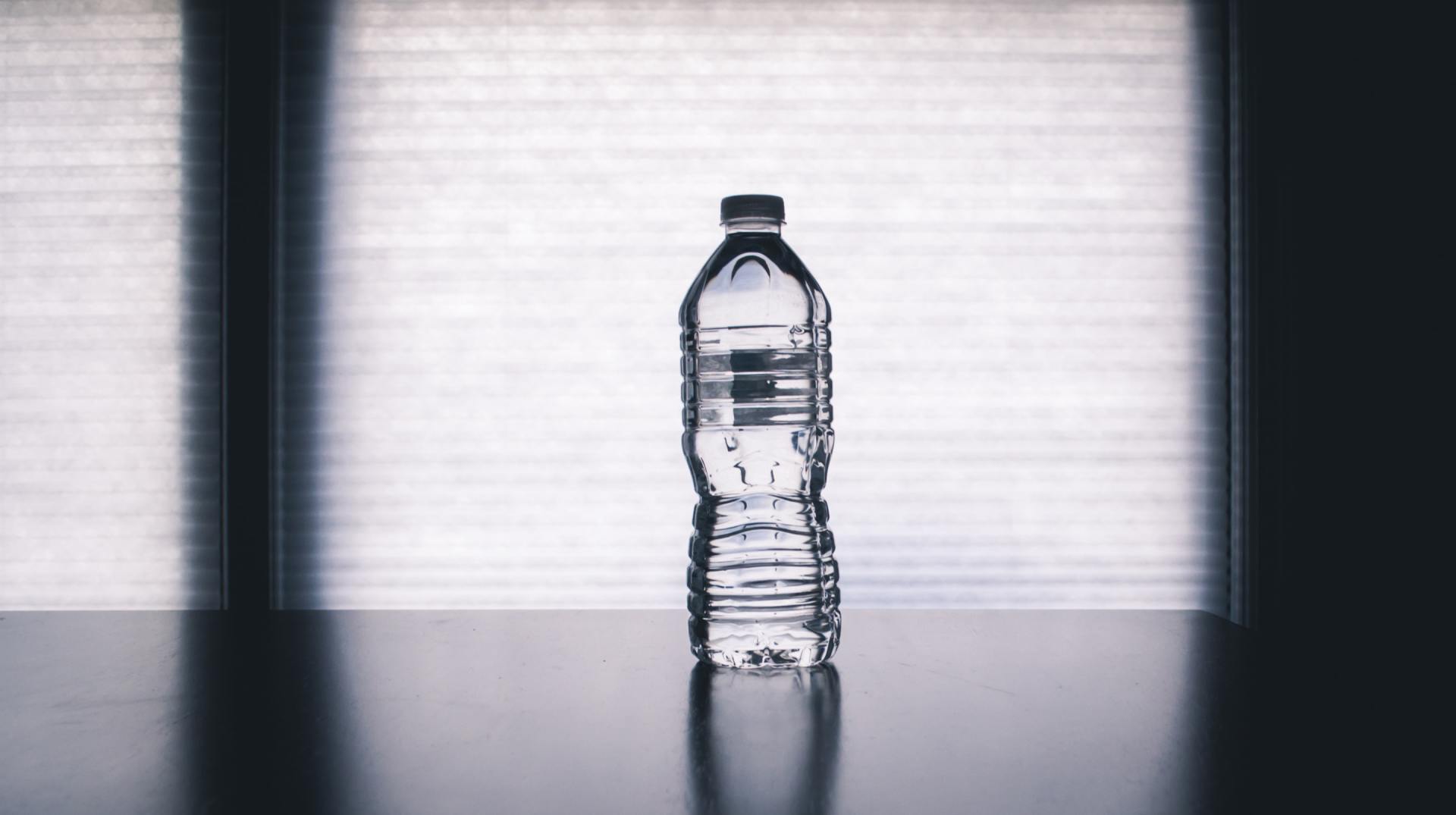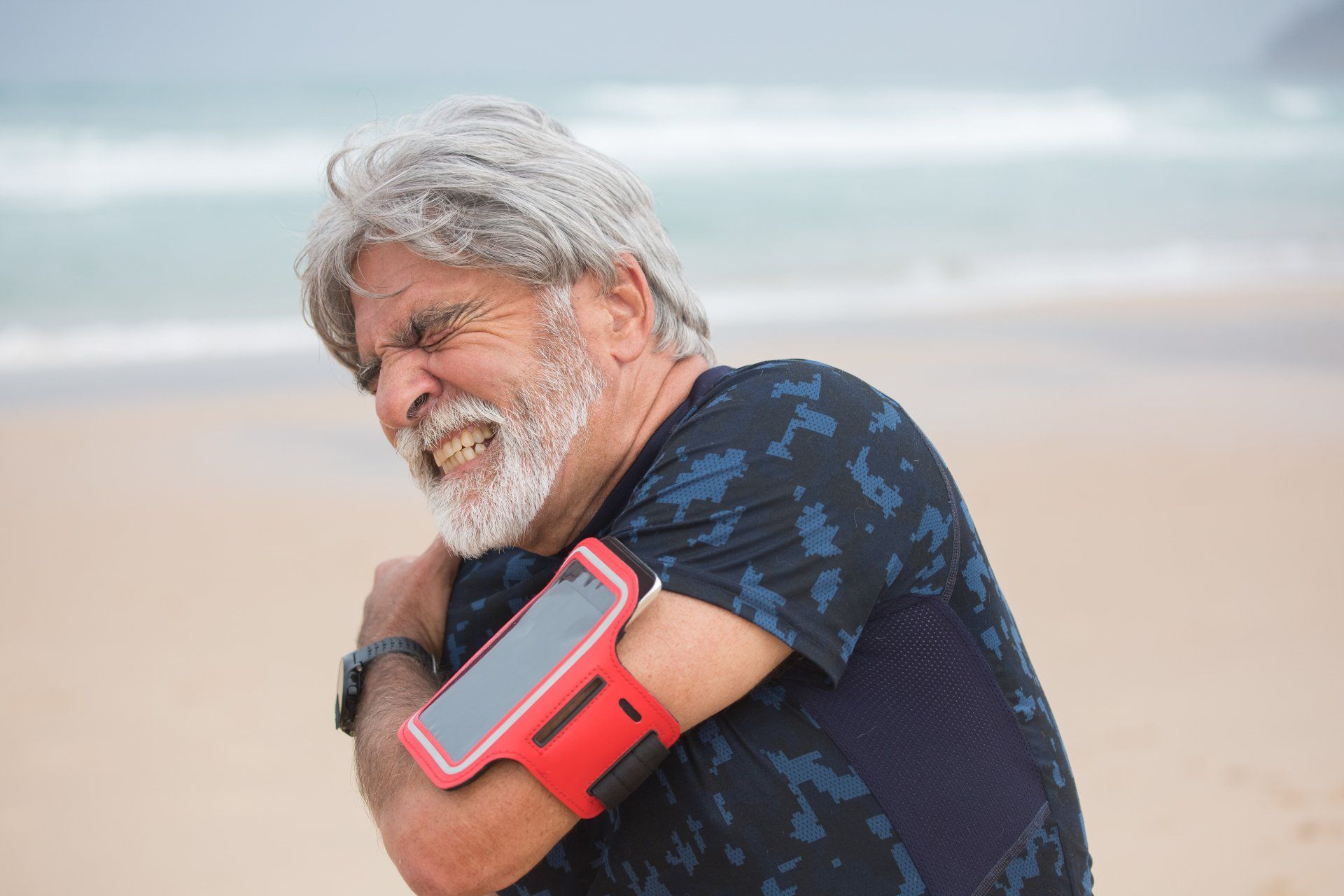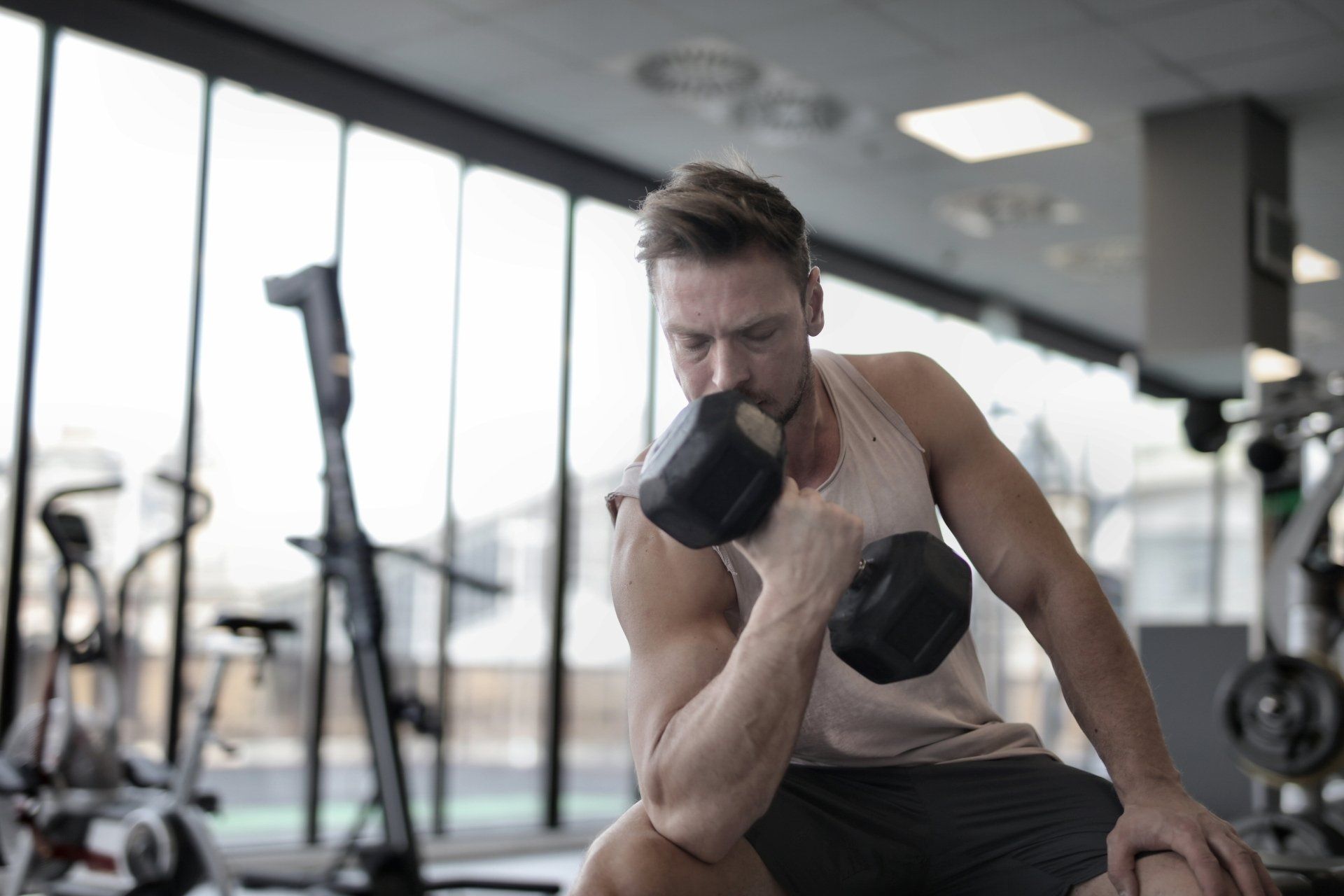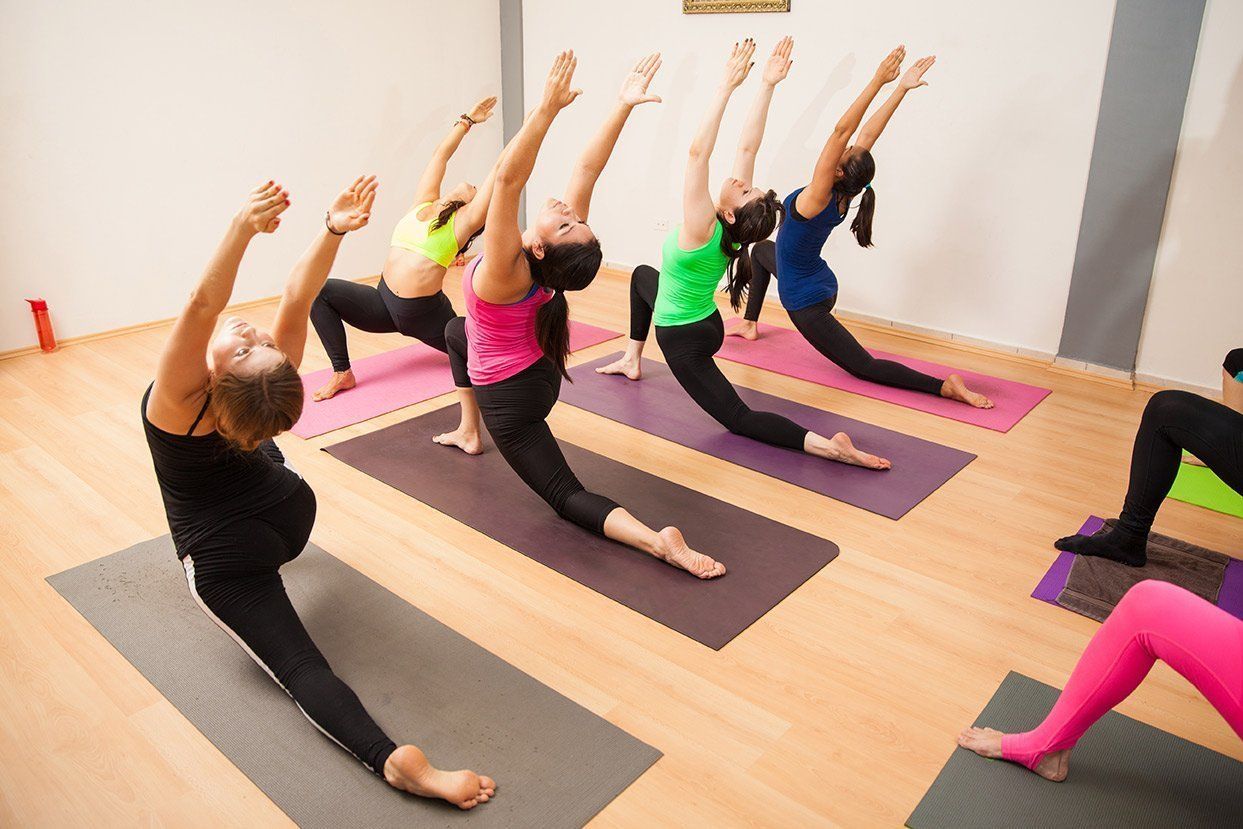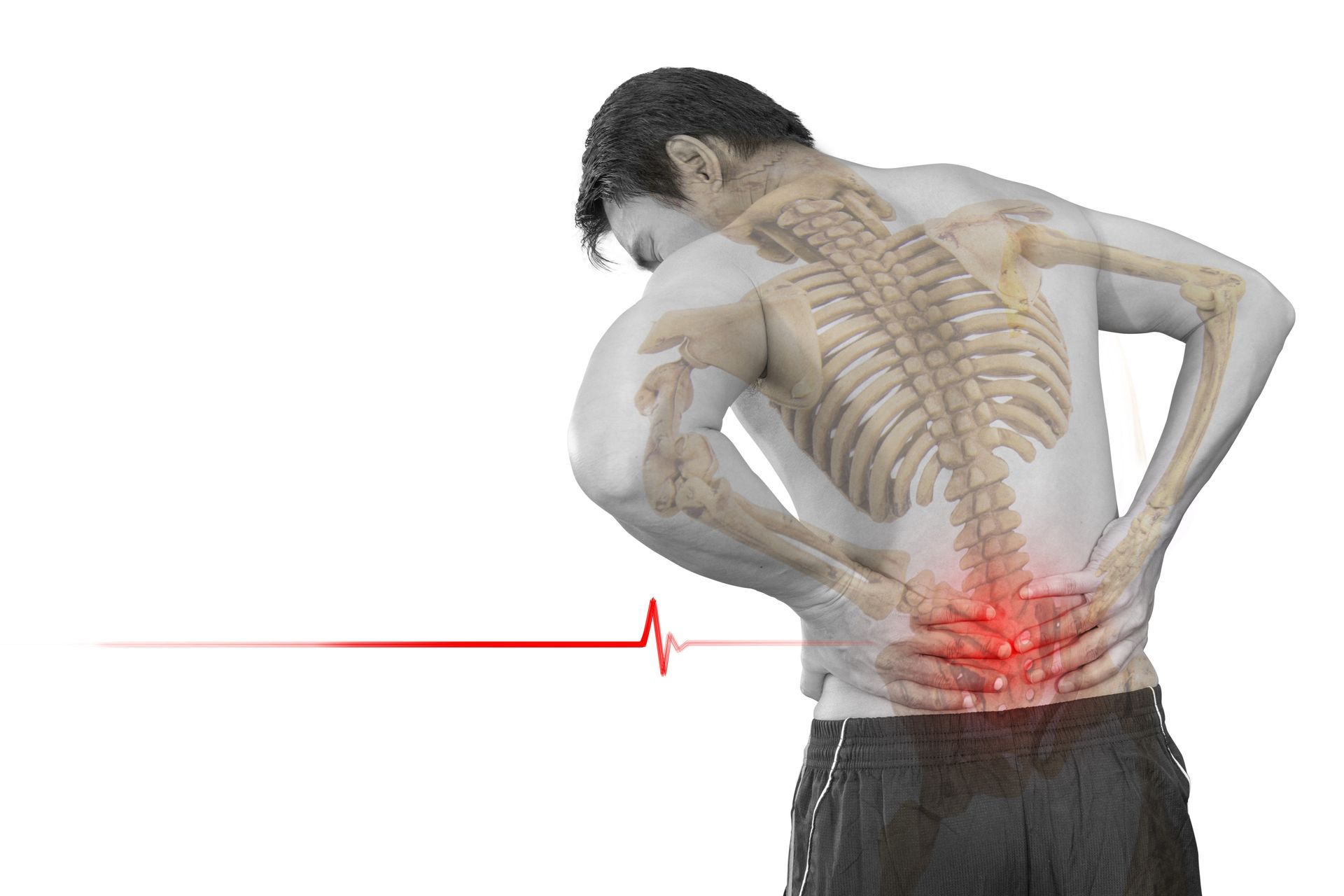Back Pain Relief
Effective Strategies for a Healthier, Pain-Free Life
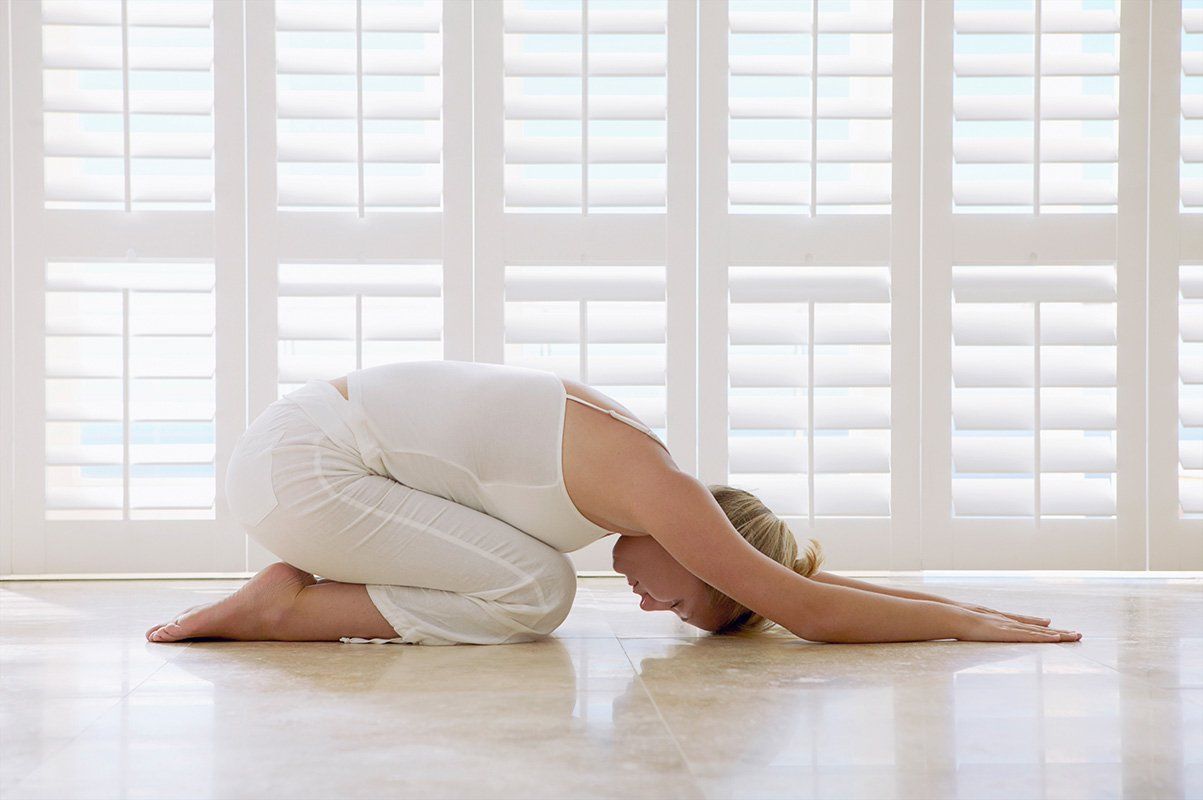
Suffering from back pain can be frustrating and painful. For many people, this pain becomes a constant part of their daily life. There are many reasons why back pain may occur, including injuries, poor posture, structural issues, and medical conditions such as arthritis. Therapeutic massage and rehabilitative exercise can be effective ways to manage and reduce back pain.
Therapeutic massage can help relax the back muscles and improve blood circulation in the painful area. This can lead to improved flexibility and movement, reducing muscle tension that often causes back pain. Many therapeutic massage therapists are highly trained and can work with you to create a personalized treatment plan to help reduce pain and improve back health. Rehabilitative exercise can help strengthen back muscles and improve flexibility. This can reduce muscle tension and alleviate pressure on the spine.
Back strengthening exercises can include lifting light weights, stretching, yoga, and other types of aerobic exercise. A professional in the field can help you develop an exercise program suitable for your specific needs and the severity of your back pain. Another option for relieving back pain is water therapy. Water can help reduce weight on the spine and joints, reducing pressure and pain. Water therapy can include exercises such as swimming, aqua aerobics, and other water exercises. Consulting with a professional is essential to understanding which type of water exercise is best suited for your needs.
In general, therapeutic massage, rehabilitative exercise, and water therapy can all be effective in relieving back pain. Furthermore, these methods can also be used to prevent back pain and maintain back health in the long term. When seeking a therapeutic massage therapist, personal trainer, or physical therapist, it is important to choose someone who is highly qualified and experienced in treating back pain.
Finally, to prevent back pain, it is important to maintain good posture, avoid lifting heavy objects improperly, and maintain a healthy and balanced diet to maintain a healthy weight. If you already have back pain, always consult a professional before starting any new exercise or therapy program. In conclusion, therapeutic massage, rehabilitative exercise, and water therapy can be effective ways to alleviate back pain and improve back health. These methods are supported by a solid scientific foundation and can be personalized for the specific needs of each individual. However, it is important to consult with a professional before starting any new treatment program for back pain. Moreover, to prevent back pain, it is important to maintain an active lifestyle and avoid poor posture or activities that may put the back's health at risk. Prevention is key to maintaining long-term back health and reducing the need for therapeutic interventions.
Ultimately, back pain can be a frustrating and painful problem, but there are many effective treatment options available to help manage it. Therapeutic massage, rehabilitative exercise, and water therapy are just some of the available options, but it is important to work with a professional to develop a personalized treatment plan that is suitable for the specific needs of each individual.

